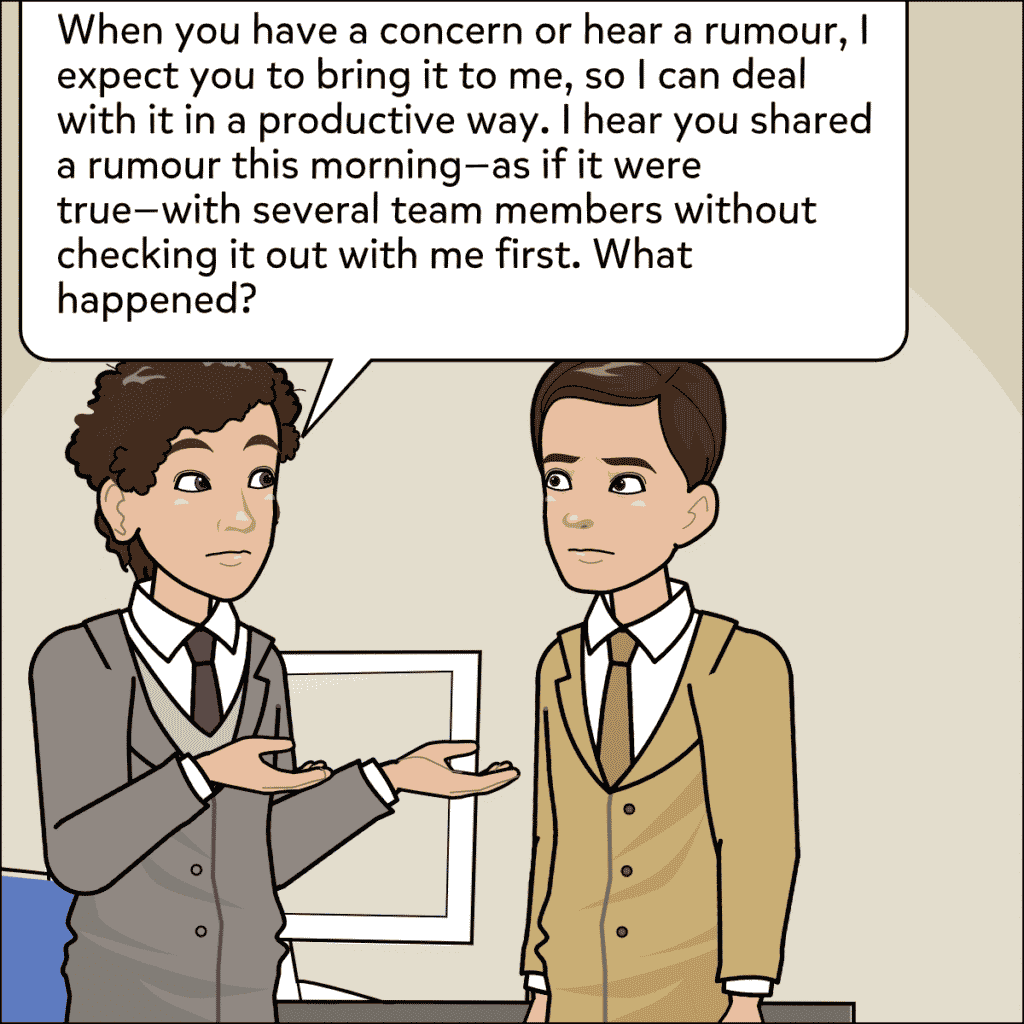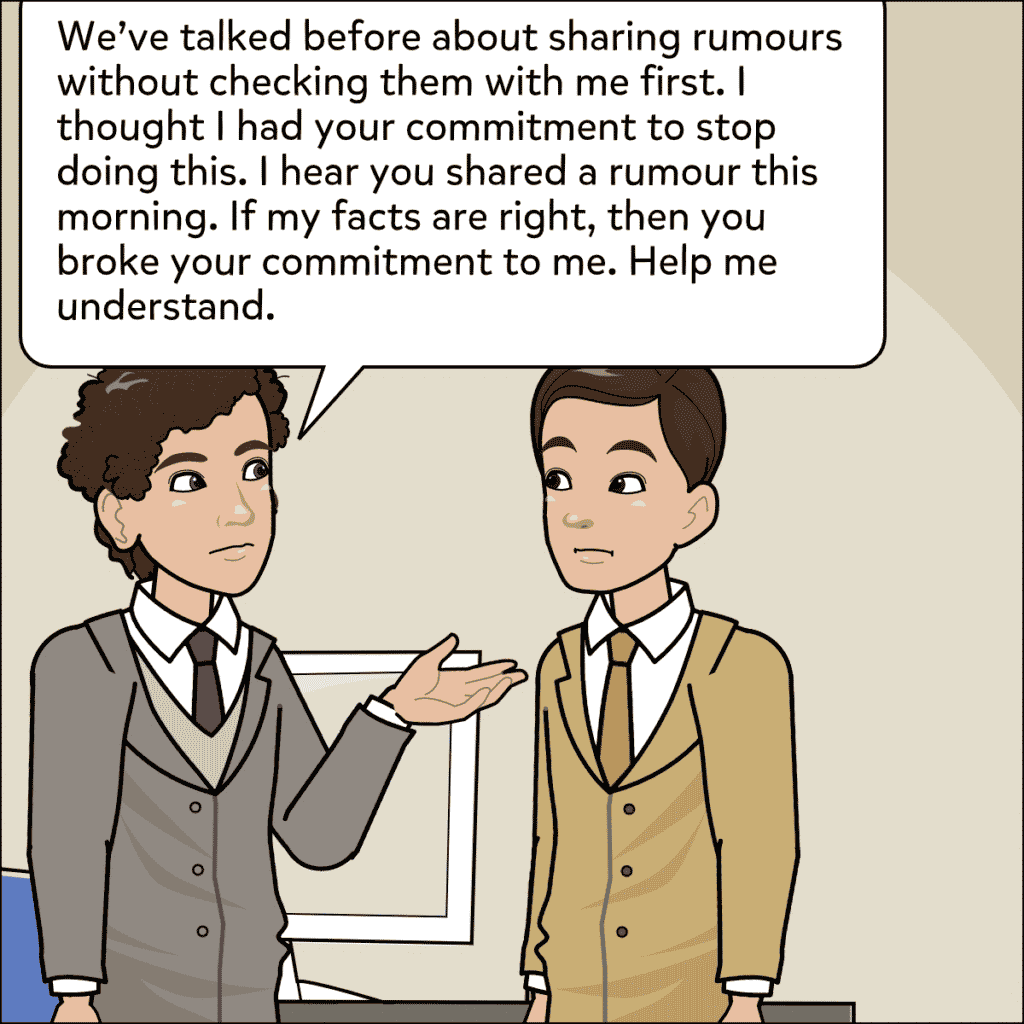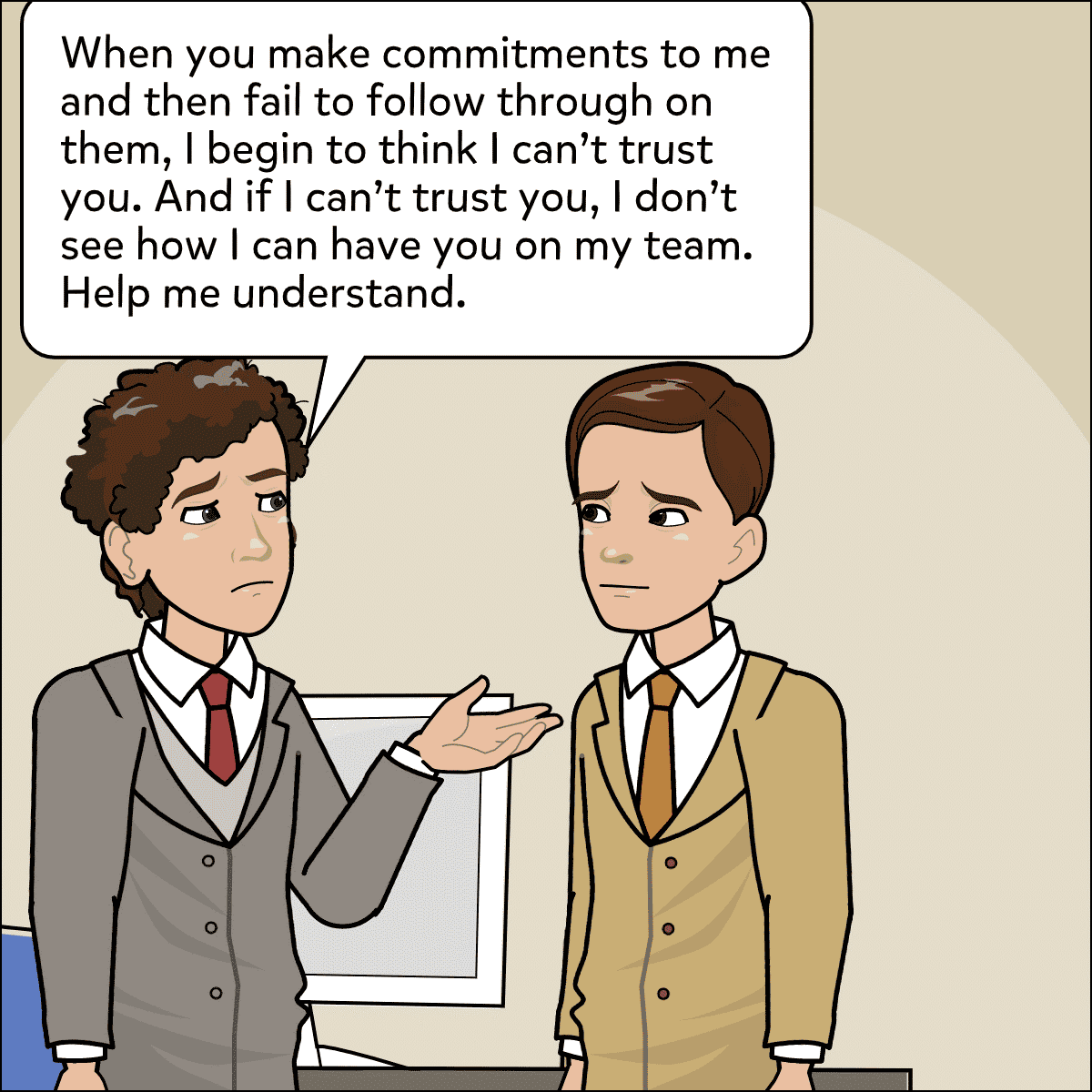Infectious negativity saps the vitality from far too many workplaces. Why does negativity trump positivity?
Here are several reasons for why negativity spreads and persists in an organisation and solutions to transform negative cultures into a positive work environment.
1. Negativity trumps positivity because humans are designed to be risk averse. This makes sense when you think about our survival instincts. Bad news signals threat and may require action. Danger signals are processed by the amygdala, the emotional part of our brain, instead of by the prefrontal cortex. These amygdala-mediated thoughts seize our attention and focus it on the danger. This is why even people who are normally positive pay more attention to negative than to positive information. Its biology.
2. People pay attention to negative information because it violates the organisation’s public relations bias. Most organisations and most leaders try to sugar-coat problems, hiding them from employees. The result is that employees are hungry for the truth—especially for the less-flattering truths they believe are being concealed from them. This means they pay special attention, and seriously consider, the negative information they hear—even when it comes from less-than-credible sources.
Solution: The solution to these first two problems is to add more and more honest information to the pool. People who have questions and concerns will turn to darned near anyone for information. Make sure you are there first with honest answers.
3. Too many people count on others to speak up for them. They are too timid to speak up for themselves and transfer the burden of speaking up to others. The people who do speak up fall into two camps: those especially skilled at crucial conversations and those who aren’t. Those especially skilled folks know how to speak up in ways that are frank, honest, and respectful. Those who are especially unskilled are honest, but offensive, and may not even realise how negative they actually are.
Solution: Create opportunities and make it safe for people to raise questions and concerns. Don’t force the silent majority to rely on their least-skilled members to raise their concerns. In addition, train and coach the less-skilled communicators to be more skilled in how they raise their concerns—and direct them to raise their concerns with you.
4. The fourth reason that negativity spreads is different from the first three because it deals with a different kind of negativity: disrespectful behaviour. When someone is disrespectful, others often respond with disrespect—tit for tat. As a result, disrespect becomes a poison that spreads quickly through a team.
Solution: Every team has implicit norms for what constitutes respectful behaviour. When disrespect is seen too often, it may be necessary to make these norms more formal and explicit. This may require a team meeting, a few crucial conversations, or an actual code of conduct. You’ll need to decide how explicit the norms need to be.
However, the key to success isn’t the norms, but how they are enforced. You need to achieve 200 percent accountability: Team members are 100 percent accountable for being respectful; they are also 100 percent accountable for others being respectful. This means that team members, not you, hold each other accountable. It may require some coaching or training, but it is essential. You, as the leader, can’t keep these norms alive. They must be enforced by the team members themselves.
5. Negativity is a habit that’s hard to break. We’ve all observed this unfortunate truth. People commit to stop complaining, or being disrespectful, but then fall back in to their old ways.
Solution: Use our CPR skills to make sure you frame the problem correctly. Here is an example.
Content: If the problem is a single incident, then address the content. The content includes the facts about what you expected and what you observed.

Pattern: If your chief concern is with the pattern of behaviours, then address the pattern. The pattern is that the person has made a commitment or promise and has failed to live up to it.

Relationship: If your chief concern involves trust or respect, then address the relationship. The relationship may need to change.

I hope these ideas help you deal with the negativity that spreads in your workplace. Let us know how they work.





